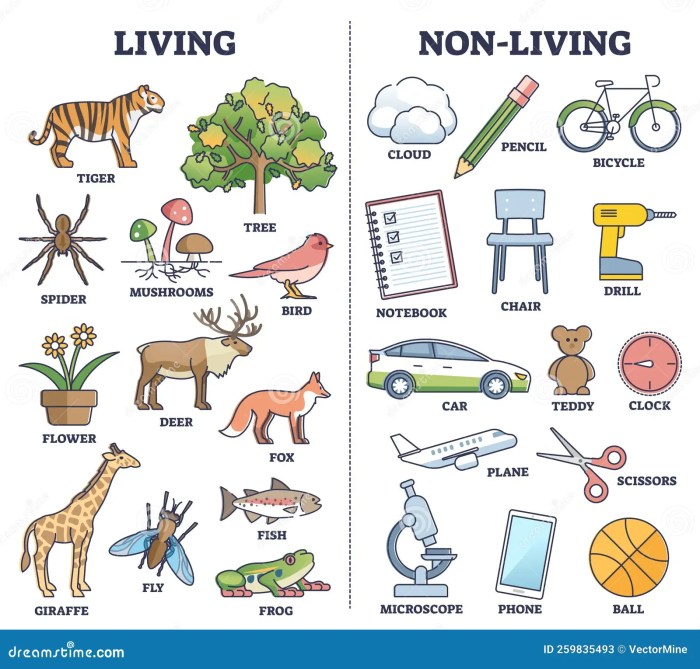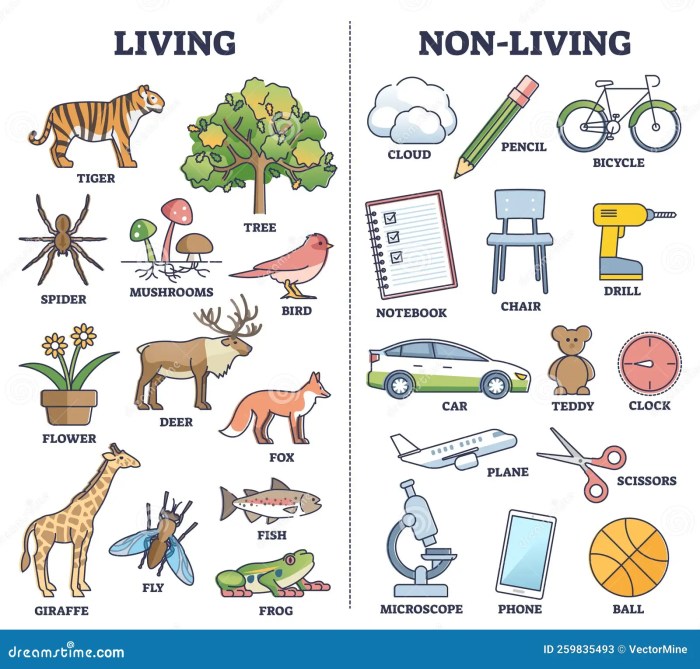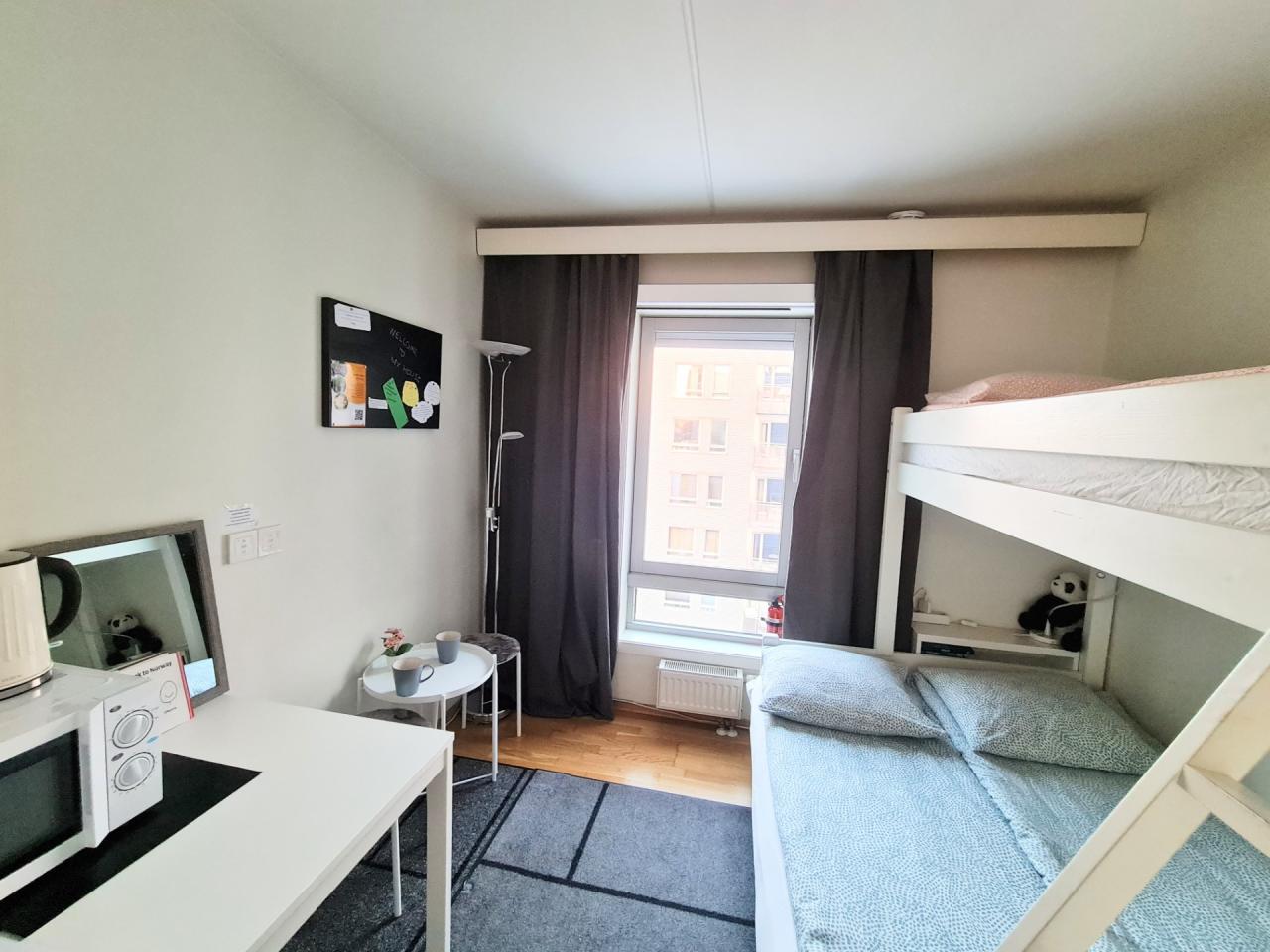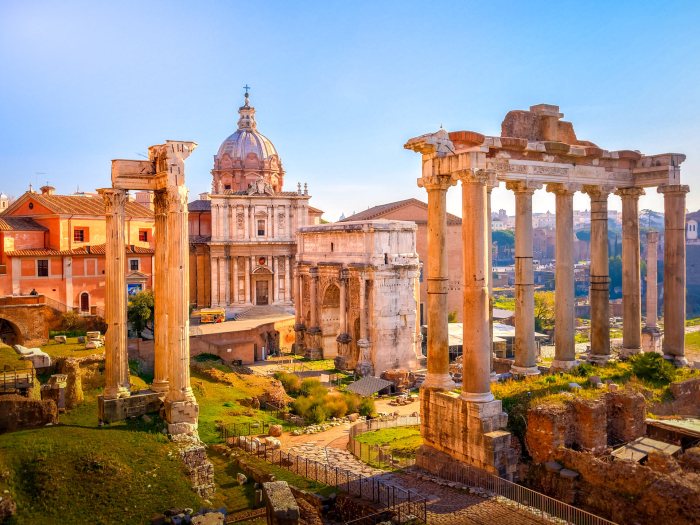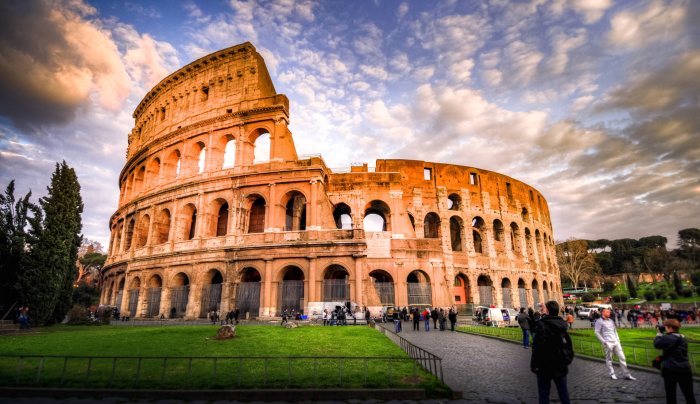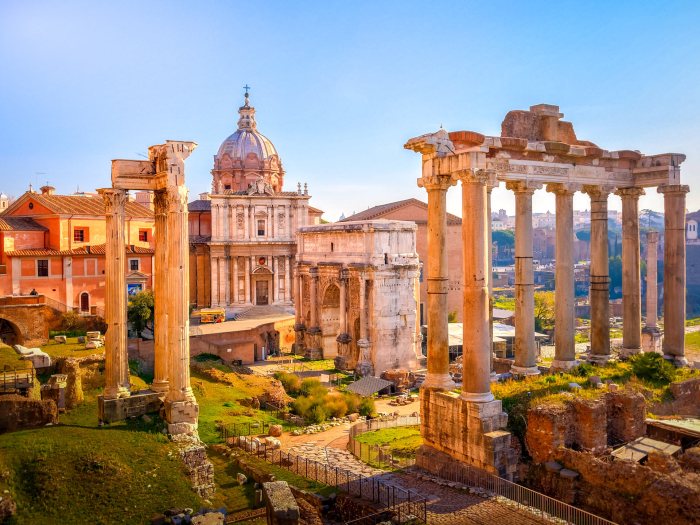Airbnb introduces animal experiences, opening up a new frontier for travelers seeking unique and memorable encounters with nature’s creatures. This exciting development offers a diverse range of options, from farm stays to pet-friendly rentals and wildlife viewing opportunities. Hosts are welcoming guests into their homes and farms, sharing their love for animals, and guests are eager to participate in these unique interactions.
This exploration delves into the details, examining the benefits and drawbacks for both hosts and guests, the market trends, and the potential impacts on the environment and animals themselves.
From quaint farm stays where guests can learn about animal husbandry to luxurious pet-friendly accommodations perfect for animal lovers, Airbnb is expanding its platform to cater to a growing desire for immersive animal encounters. This trend promises to be a win-win, enriching both the travel experience and the lives of the animals involved.
Overview of Animal Experiences on Airbnb
Airbnb’s animal experiences offer a unique way to connect with nature and animals. These experiences often go beyond simply staying in a pet-friendly rental, providing immersive encounters with various species in diverse settings. This trend reflects a growing interest in responsible tourism and animal welfare, but also raises important considerations for both hosts and guests.The concept encompasses a range of opportunities from interacting with farm animals to observing wildlife in their natural habitats.
It fosters a sense of appreciation for the animal kingdom, offering guests a chance to learn and connect with these creatures in a safe and respectful manner.
Airbnb’s new animal experiences are super exciting! Imagine getting up close and personal with farm animals, like at the fantastic Smith Fork Ranch Colorado all-inclusive , where you can explore the beauty of the Colorado wilderness while interacting with adorable creatures. It’s a great way to get a unique perspective on nature, and a perfect example of the innovative things Airbnb is offering.
Types of Animal Encounters
Animal experiences on Airbnb vary greatly, catering to diverse interests. This includes farm stays, where guests can participate in activities like feeding farm animals, learning about animal husbandry, and experiencing rural life. Pet-friendly rentals provide a comfortable and familiar atmosphere for guests who want to enjoy their vacation with their own furry friends. Wildlife viewing experiences allow guests to observe animals in their natural habitats, often with guided tours and expert insights.
Popular Animal Experiences
Several popular experiences on Airbnb feature unique interactions with animals. These include working farms offering hands-on experiences with cows, sheep, and pigs. Some listings offer opportunities to participate in wildlife safaris or birdwatching tours, immersing guests in the local ecosystem. Others provide intimate encounters with smaller animals, such as petting zoos or opportunities to feed and interact with exotic birds.
Benefits and Drawbacks for Hosts and Guests
For hosts, offering animal experiences can be a lucrative way to differentiate their listings and attract a specific niche of guests. The potential revenue from these experiences is significant, particularly for those in rural areas or near natural habitats. However, hosting animals requires careful planning, preparation, and an understanding of animal welfare regulations.Guests gain a unique and often memorable experience.
They get a chance to connect with animals in a natural and authentic setting, learning about animal care and conservation. However, the experience might not always meet the expectations of all guests. Understanding the nature of the animal encounter is crucial before booking.
Comparison of Animal Experiences
| Experience Type | Location | Animal Type | Activities |
|---|---|---|---|
| Farm Stay | Rural areas, countryside | Cows, sheep, pigs, chickens | Feeding animals, farm tours, learning about animal husbandry |
| Pet-Friendly Rental | Various locations | Dogs, cats, other pets | Staying with the host’s pet or bringing one’s own |
| Wildlife Viewing | National parks, reserves | Deer, birds, elephants, etc. | Guided tours, nature walks, observing animals in their natural habitat |
Market Analysis and Trends

The burgeoning market for animal experiences on Airbnb presents a unique opportunity for both hosts and guests. Understanding the target audience, the growth trajectory, and the competitive landscape is crucial for maximizing the potential of this segment. This analysis will explore the factors driving demand and identify key trends shaping the future of animal-themed accommodations and activities.
Target Audience
Animal experiences on Airbnb cater to a diverse group of travelers, encompassing families, couples, and solo adventurers. This segment includes nature enthusiasts, animal lovers, and those seeking unique and memorable experiences. Families with children often prioritize interactive experiences, while couples might be drawn to tranquil settings offering opportunities for intimate bonding with animals. The appeal transcends geographical boundaries, attracting tourists from various cultural backgrounds.
Moreover, a significant portion of the target audience seeks educational opportunities, learning about different animal species and their habitats.
Growth and Popularity
The popularity of animal experiences has seen a steady upward trend over the past few years. This is largely attributed to the rising demand for unique and memorable travel experiences, coupled with the growing awareness of responsible tourism practices. The COVID-19 pandemic accelerated this trend as people sought out ways to connect with nature and animals in a safe and controlled environment.
Airbnb’s new animal experiences are a fantastic way to connect with nature. Packing for these adventures, though, requires careful planning, and knowing the best Amazon hotel travel essentials is key. For example, you’ll want to check out the best amazon hotel travel essentials concierge picks to ensure you’re prepared for every type of animal encounter. Ultimately, Airbnb’s innovative animal experiences promise unforgettable travel memories.
The growth is particularly pronounced in destinations known for their wildlife populations and conservation efforts. For example, national parks and wildlife sanctuaries have seen an increase in bookings for animal encounters and related activities.
Airbnb’s new animal experiences are a fantastic way to connect with nature. Thinking about your next trip? Exploring the charming medieval towns and breathtaking landscapes of Germany, like the ones featured in best places to visit in germany , might be perfect for a unique animal encounter booked through Airbnb. These experiences are sure to add an extra layer of adventure to your trip, offering unforgettable interactions with local animals in their natural habitats.
Comparison with Other Platforms
While Airbnb is a dominant player in the hospitality industry, other platforms like specialized animal encounter websites and social media groups also offer similar experiences. The key differentiator for Airbnb lies in its broader reach and established infrastructure for booking and payment processing. Hosts can leverage Airbnb’s platform to attract a wider range of guests and manage bookings efficiently.
Furthermore, the platform’s reputation for trustworthiness and security contributes to the confidence of both hosts and guests.
Factors Influencing Demand
Several factors influence the demand for animal experiences on Airbnb. The desire for authentic cultural immersion and connection with nature is a significant driver. The rising trend of responsible travel, emphasizing ethical interactions with animals, is also a key factor. Furthermore, the availability of unique and interactive experiences, such as animal feeding, grooming, or observing animals in their natural habitat, contributes to the allure.
Economic factors, such as the increasing disposable income of travelers, also play a role.
Market Trends
| Trend | Description | Impact on Airbnb |
|---|---|---|
| Increasing demand for ethical and responsible animal interactions | Guests are increasingly seeking experiences that prioritize animal welfare and conservation efforts. | Airbnb hosts must demonstrate commitment to responsible animal care and practices. |
| Focus on educational experiences | Travelers are seeking opportunities to learn about animal species and their habitats. | Hosts can enhance their offerings by incorporating educational elements into their experiences. |
| Growing interest in sustainable and eco-conscious travel | Travelers are prioritizing experiences that minimize environmental impact. | Airbnb can highlight sustainable practices employed by hosts to attract eco-conscious guests. |
| Rise of experiential tourism | People are increasingly seeking authentic and unique experiences, moving beyond traditional sightseeing. | Airbnb can promote animal experiences as a key component of experiential travel. |
Host Experiences and Strategies
Airbnb animal experiences offer a unique opportunity for both hosts and guests, but successful implementation requires careful planning and execution. Hosts need to go beyond simply listing animals; they must craft enriching and safe experiences that resonate with animal welfare and guest expectations. This section delves into the key aspects of hosting animal encounters, from preparation to attracting guests.The management of animal experiences on Airbnb necessitates a thorough understanding of animal care, safety protocols, and legal regulations.
Hosts must prioritize the well-being of the animals under their care, ensuring their comfort and safety during interactions with guests. A proactive approach to risk mitigation and guest management is essential for creating a positive and memorable experience for everyone involved.
Preparing for Animal Experiences
Thorough preparation is crucial for successful animal experiences. This involves detailed planning that anticipates potential challenges and ensures smooth interactions. Hosts must develop comprehensive animal care routines, including feeding schedules, exercise regimens, and health monitoring. Safety procedures are paramount, including clear instructions for guests on appropriate interactions with animals and the prevention of accidents. Detailed emergency protocols must be in place to address any unforeseen circumstances.
Animal Welfare and Safety
Animal welfare is paramount in any animal experience. Hosts must prioritize the physical and emotional well-being of the animals. Ensuring adequate space, enrichment, and social interaction is vital. Animal health records, including vaccination and veterinary care details, must be readily available and accessible. Clear guidelines for guest interactions should be developed, emphasizing gentle handling and respecting the animals’ natural behaviours.
Training the animals for specific interactions with guests is an important part of creating a positive and safe experience.
Legal and Regulatory Aspects
Navigating the legal landscape is essential for responsible animal experiences. Hosts need to understand local regulations regarding animal handling, guest interactions, and the use of animals in tourism. Licenses, permits, and insurance policies may be required depending on the specific jurisdiction and type of experience. Consultations with local animal welfare organizations and legal professionals are highly recommended to ensure full compliance with regulations.
Ensuring adherence to animal welfare standards is a crucial part of the experience, as it reflects a commitment to ethical practices.
Attracting Guests: Successful Host Strategies, Airbnb introduces animal experiences
Attracting guests to animal experiences requires a compelling narrative that showcases the unique aspects of the animals and the host’s commitment to ethical practices. High-quality photos and videos are crucial for presenting the animals and their environment effectively. Clear descriptions of the experience, including interaction guidelines and safety protocols, are vital for managing guest expectations. Highlighting positive reviews and testimonials from previous guests can also increase bookings.
Promoting the experience through relevant social media platforms can broaden the reach to potential guests.
Host and Guest Responsibilities
| Responsibility | Host | Guest |
|---|---|---|
| Animal Care | Ensure proper feeding, exercise, and veterinary care. Provide a safe and enriching environment. | Respect animal space and follow instructions from the host. Avoid sudden movements or loud noises. |
| Safety Protocols | Establish clear safety guidelines and emergency procedures. Supervise interactions closely. | Adhere to all safety guidelines and instructions provided by the host. Report any concerns immediately. |
| Legal Compliance | Obtain necessary licenses and permits. Adhere to all local regulations. | Respect local laws and regulations regarding animal interactions. |
| Communication | Communicate clearly with guests about the experience. Provide necessary information and instructions. | Communicate any concerns or questions promptly to the host. |
Guest Experiences and Motivations

Animal experiences on Airbnb offer a unique opportunity for guests to connect with nature and wildlife in a responsible and meaningful way. Understanding the motivations behind these choices and the factors influencing guest satisfaction is crucial for hosts to optimize their offerings and provide exceptional experiences. This section delves into the desires driving guest interest in animal encounters and the critical elements shaping their overall enjoyment.
Key Motivations Behind Choosing Animal Experiences
Guests are often driven by a desire for unique and memorable experiences. Beyond the novelty, many seek opportunities for education and conservation awareness. The desire for interaction with animals, while varied, often stems from a personal interest in specific species or a desire to learn about animal behavior and habitats. For some, it is about supporting local communities and ethical tourism practices.
Factors Influencing Guest Satisfaction
Guest satisfaction is heavily influenced by factors such as the quality of the interaction with the animals, the safety measures in place, and the overall atmosphere of the experience. Thorough pre-experience communication about the animals and their behaviors is vital. Transparency regarding the animal’s well-being, their natural environment, and any limitations on interaction are key elements. The professionalism and knowledge of the host play a significant role in guest satisfaction, as does the provision of a comfortable and enriching experience.
Guests also value authenticity and genuine interactions over contrived or staged encounters.
Types of Animal Experiences Guests Seek
Guests are interested in a variety of animal experiences, ranging from wildlife viewing and conservation tours to hands-on interactions with farm animals and even opportunities for animal care and feeding. Some guests seek educational programs, while others are drawn to experiences that foster a deeper connection with the animal kingdom. The diversity of interests necessitates a wide range of options to cater to different preferences and motivations.
Examples of Positive and Negative Guest Experiences
Positive experiences often involve heartwarming encounters with animals, educational insights into their behavior, and a feeling of connection with nature. Guests may be deeply moved by observing the animals in their natural habitat or learning about conservation efforts. Negative experiences, conversely, might involve poor communication, safety concerns, or a feeling of exploitation or disrespect towards the animals. This could include interactions that are not natural, uncomfortable, or that potentially harm the animals.
Guest Feedback and Ratings
The following table illustrates a snapshot of guest feedback and ratings for animal experiences. This data provides a concrete example of the diverse range of experiences and their impact on guest satisfaction.
| Guest Review | Rating | Comments |
|---|---|---|
| “Absolutely loved the encounter with the rescued wolves. The host was knowledgeable and passionate about conservation.” | 5 | Excellent experience, exceeded expectations. |
| “The interaction with the monkeys was fun, but the facility lacked proper safety measures. Felt a bit unsafe.” | 3 | Fun but could be improved. |
| “The farm animals were adorable, and the feeding session was educational. I felt the host’s genuine love for animals.” | 4 | Great family experience. |
| “The elephant interaction was a highlight. Learned so much about their care and conservation.” | 5 | Excellent and educational. |
| “The interaction with the exotic birds was too rushed. Felt like a quick photo opportunity rather than a genuine experience.” | 2 | Disappointing, lacked depth. |
Potential Impacts on the Environment and Animals
Airbnb’s animal experiences offer unique opportunities, but careful consideration is needed to ensure both environmental sustainability and animal well-being. The burgeoning trend necessitates a thoughtful approach to mitigate potential negative consequences and promote ethical and responsible practices. Hosts and guests must be aware of the ecological footprint and ethical implications involved in interactions with animals.
Environmental Impact of Animal Experiences
Animal experiences, while often appealing, can have a significant environmental impact. Transporting animals for experiences, particularly across long distances, can contribute to carbon emissions. The demand for animal encounters can also pressure ecosystems, leading to habitat degradation and species displacement. Increased tourism can put strain on local resources and infrastructure, affecting water availability and waste management. Responsible planning and implementation are essential to minimize environmental damage.
Ethical Considerations for Animal Welfare
Animal welfare is paramount in any animal experience. Animal interactions should prioritize the well-being of the animals involved. Experiences should avoid practices that cause stress, fear, or harm. Strict regulations and guidelines should ensure that animals are not exploited or mistreated for profit. Animal health and safety protocols are crucial components of ethical animal experiences.
Sustainable Practices in Animal Experiences
Sustainable practices are essential for minimizing the environmental impact and ensuring animal well-being. Hosts should prioritize local animal encounters to reduce transportation emissions and support local communities. Energy-efficient accommodations and waste reduction strategies should be implemented. Partnerships with local conservation organizations can enhance environmental awareness and support preservation efforts. Sustainable practices contribute to responsible tourism and promote animal conservation.
Examples of Sustainable Practices
- Using locally sourced food and supplies for animals reduces transportation distances and supports local economies.
- Employing eco-friendly transportation options for both guests and animals, such as electric vehicles or bicycles, helps to reduce carbon emissions.
- Partnering with local conservation organizations for educational opportunities and supporting their initiatives to protect animal habitats.
- Promoting responsible animal interaction by ensuring that animals are not stressed or harmed, and by providing adequate rest periods between encounters.
Potential Risks and Challenges to Animal Well-being
Animal well-being can be jeopardized by poorly managed animal experiences. Overcrowding, lack of appropriate space, inadequate veterinary care, and poor hygiene practices can negatively affect animal health and welfare. Uninformed or insensitive interactions from guests can also cause distress. Implementing rigorous animal welfare standards and providing proper training for both hosts and guests are vital to mitigate these risks.
Creating an Eco-Friendly Animal Experience
Creating an eco-friendly animal experience requires a multi-faceted approach. This includes promoting responsible travel, using sustainable practices, and ensuring the ethical treatment of animals. Transparency about the impact of the experience on the environment and animals should be communicated to guests. Educating guests about the importance of responsible animal interaction and the preservation of animal habitats is crucial.
Future Trends and Innovations
The future of animal experiences on Airbnb promises exciting possibilities, blending the comfort of familiar travel with unique interactions with animals. This evolution will likely see a shift towards more immersive, ethical, and sustainable experiences, driven by technological advancements and a growing global interest in responsible tourism. Expect a focus on enhancing both the guest experience and the welfare of the animals involved.
Predicting Future Developments
The Airbnb platform is poised to integrate animal experiences further into its core offerings. This will likely manifest in more curated, specialized experiences. For example, rather than just a farm stay, guests might participate in specific activities like falconry, wildlife rehabilitation programs, or intimate interactions with rescued animals. This trend toward specialization will allow for a more tailored and memorable experience for guests.
Emerging Technologies and Trends
Several technologies will shape the future of animal experiences on Airbnb. Virtual reality (VR) and augmented reality (AR) are expected to play a crucial role in offering immersive experiences, allowing guests to virtually interact with animals from different parts of the world, or even experience a wildlife safari in a simulated environment. Additionally, AI-powered tools can optimize matching hosts with guests based on specific animal interests, ensuring a better experience for everyone involved.
Innovations for Improving Experiences
A key innovation will be the development of more ethical and sustainable animal experience models. Emphasis will be placed on the well-being of the animals. This may include criteria for animal enclosures, regulations on animal interaction, and a focus on education. Educational components will likely be integrated into the experience, offering guests valuable insights into animal behavior and conservation efforts.
Unique and Creative Animal Experiences
Imagine an Airbnb experience that allows guests to participate in a hands-on conservation project, working alongside local wildlife experts to rehabilitate injured animals. Or perhaps a unique opportunity to learn about and interact with exotic birds in a dedicated sanctuary. This will necessitate a greater focus on the quality of the animal care and the education offered to guests.
Hosts will be encouraged to demonstrate strong ethical practices.
Future Trends Table
| Trend | Description | Potential Impact |
|---|---|---|
| Immersive Animal Interactions | VR/AR integration for virtual encounters and simulated wildlife experiences. | Enhanced guest engagement and accessibility to diverse animal encounters, potentially reducing physical travel needs. |
| Ethical and Sustainable Experiences | Focus on animal welfare, responsible tourism practices, and conservation education. | Increased trust in hosts, improved animal well-being, and greater environmental responsibility. |
| Personalized Experiences | AI-powered matching of guests with hosts based on specific animal interests. | More tailored and satisfying experiences, leading to higher guest satisfaction. |
| Hands-on Conservation Participation | Opportunities for guests to participate in wildlife rehabilitation or conservation projects. | Increased awareness of conservation issues, direct contribution to conservation efforts, and a deeper appreciation for wildlife. |
Case Studies of Successful Animal Experiences
Airbnb’s animal experiences have the potential to be incredibly rewarding for both hosts and guests, but successful implementation requires careful planning and execution. Learning from existing models provides valuable insights into best practices, highlighting the importance of balancing animal welfare with a positive guest experience. Understanding the strategies employed by successful ventures offers a roadmap for those seeking to enter this burgeoning market.Successful animal experiences on Airbnb often revolve around a strong emphasis on ethical considerations and guest satisfaction.
Factors like the quality of animal care, the educational value of the interaction, and the overall safety of the environment are paramount. These experiences go beyond simply offering animal viewing; they create immersive and memorable encounters.
Strategies for Successful Farm Stays
Farm stays that focus on educational opportunities, particularly for children, often prioritize interactive experiences over passive observation. This approach engages visitors and fosters a deeper appreciation for farm animals. Hosts often create educational programs, including demonstrations, guided tours, and hands-on activities, providing children with opportunities to learn about animal husbandry and the natural world.
- Educational programs are designed to cater to diverse age groups and interests. These programs often incorporate interactive elements like feeding demonstrations, animal handling (under strict supervision), and guided tours that highlight different aspects of the farm ecosystem.
- Emphasis is placed on animal welfare and safety. Well-maintained facilities, trained staff, and clear protocols for animal interaction contribute significantly to the experience’s success. Hosts understand that responsible interaction is critical for the well-being of both the animals and the visitors.
- Clear communication about the experience is key. Hosts provide detailed information about the farm’s animals, the activities available, and any specific safety protocols. Transparency builds trust and ensures that guests have realistic expectations.
Strategies for Wildlife Encounters
Experiences focused on wildlife encounters often prioritize responsible tourism practices and conservation efforts. This includes stringent safety measures to protect both the animals and guests, as well as clear guidelines for observing wildlife in their natural habitat. The use of trained guides and experienced handlers plays a crucial role in ensuring a positive and memorable experience while minimizing any potential negative impacts on the environment.
- Wildlife viewing experiences typically emphasize ethical interaction and minimize disturbance to the animals’ natural behavior. Careful planning and adherence to local regulations are essential to ensure the animals’ well-being and the sustainability of the experience.
- Partnering with local conservation organizations is a common strategy. This approach supports ongoing conservation efforts while enhancing the educational aspect of the experience. Hosts can highlight the environmental impact of their operations and the positive contribution to conservation initiatives.
- Clear communication regarding the wildlife species and the environment is critical. Guests should be informed about the animals’ behaviors and the importance of respecting their space. This allows for a more mindful and respectful interaction with the wildlife.
Example Case Study 1
A successful farm stay focusing on educational opportunities for children emphasized interactive experiences over passive observation. Educational programs, including feeding demonstrations, guided tours, and hands-on activities, were developed to cater to diverse age groups and interests. The farm implemented strict animal welfare protocols, ensuring the safety and well-being of both the animals and the visitors. Careful planning and communication regarding the experience’s activities and safety procedures ensured a positive and memorable experience for all.
Last Recap: Airbnb Introduces Animal Experiences
Airbnb’s foray into animal experiences marks a significant evolution in the platform’s offerings. This new frontier presents exciting opportunities for both hosts and guests, offering a chance to connect with nature and animals in unique and memorable ways. However, ethical considerations, environmental impact, and safety protocols must be carefully addressed. A thorough understanding of the market trends, host strategies, guest motivations, and potential impacts on animals and the environment is crucial for responsible and sustainable growth.
The future of animal experiences on Airbnb appears promising, brimming with opportunities for innovation and growth, provided the industry maintains a commitment to ethical practices and environmental sustainability.

